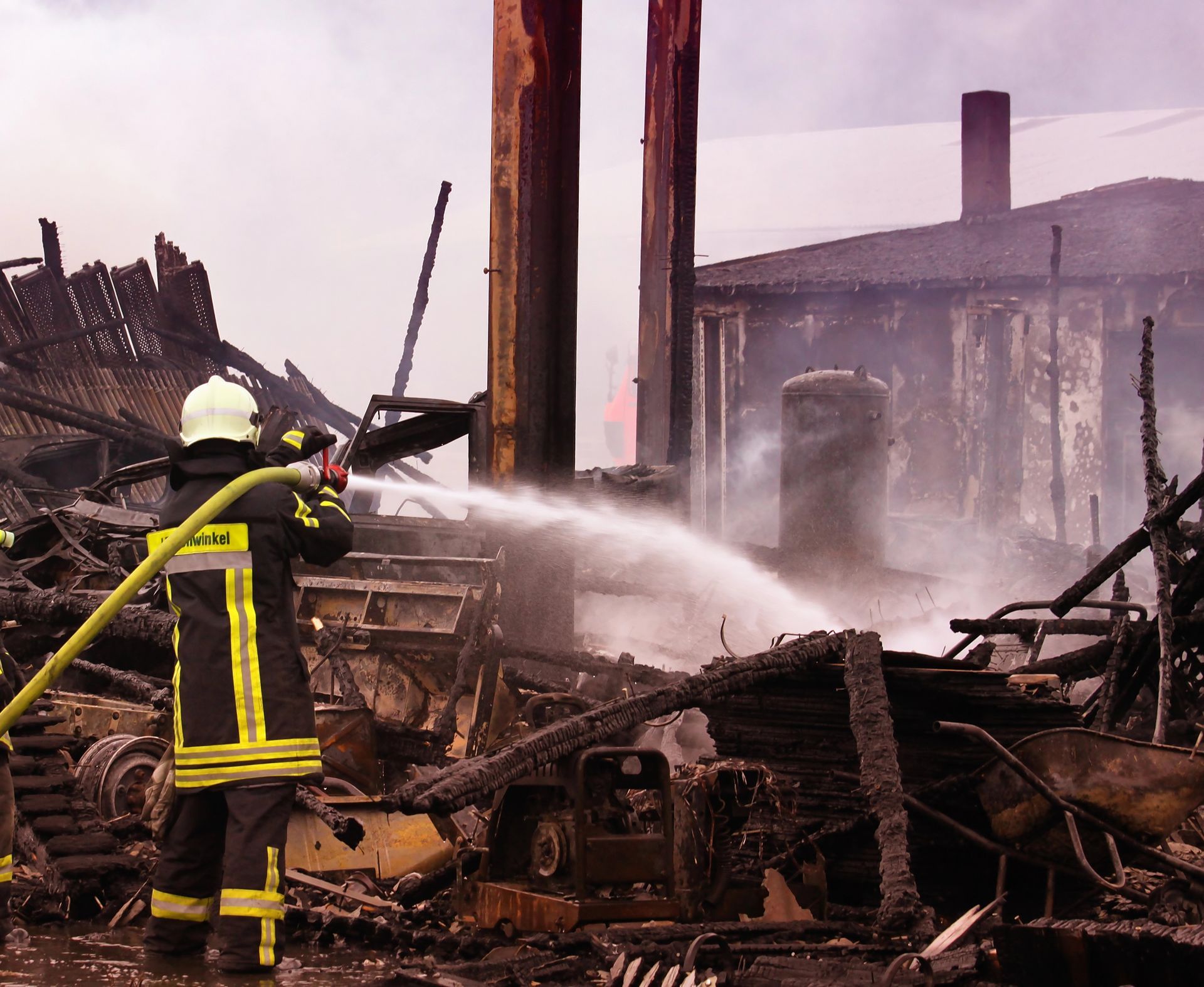General Contractor : A Day on the Job
What a General Contractor Actually Does

A Day on the Job: What a General Contractor Actually Does
Mist clings to the ground as the sun peeks over a half-built frame. Coffee in one hand, I scan a set of plans and feel the nudge of the day's first text. This is the real start for a home builder - general contractor. Before hammers ring and saws buzz, I’m already working behind the scenes. My role? Keep the project moving, calm the chaos, and protect the dream of the person who wants to build something new.
Juggling Details: Paperwork, Permits, and Inspections
Not every part of the job happens in the dirt and dust. Much of my work as a home builder - general contractor involves piles of paperwork and lots of phone calls.
First, permits. City offices want every form filled out right, and they don’t forget a single signature. I pull together build plans, fees, and sometimes odd details that inspectors demand. Miss a step here, and you can watch weeks slip away while crews wait.
Next, inspections. These break up my days, forcing me to pause everything for a city official’s once-over. If the inspector finds an electrical wire out of place or a missing safety railing, it’s on me to get it fixed. There’s pressure, but each approval moves us closer to a finished home.
Finally, the records. Building means a flood of receipts, contracts, insurance papers, and change orders. I keep these organized, ready for both city checks and client meetings.
Key Tasks:
- Submit building permits and fees to local officials
- Schedule and meet inspectors for green lights on every stage
- Track bills, warranties, and all changes made during the build
Review the Plans and Check for Constructability
Every successful project starts with a strong plan. Before anyone picks up a tool, I spread out blueprints and walk through them line by line. I ask: Does this design really work outside of a drawing? Sometimes an architect imagines details that don’t match the lot or city codes. My job is to catch these gaps before they cost somebody money.
I check the site’s slope, make sure utilities can reach the build, and look for surprises in the soil like old foundations or water lines. This step often saves time and money because it’s always cheaper to spot issues on paper than on the job.
I look for:
- Gaps between plan and reality (Can a wall fit where it’s drawn?)
- Access for big equipment and trucks
- Potential conflicts with city rules or utility easements
Stepping Onto the Job Site: The Start of a Contractor’s Day
The site wakes up early. Car doors slam in the half-light as workers gather. I arrive before most, unlocking gates and making the first walk around. This is when I find puddles, blown-over fencing, or loose materials left out overnight. Safety is first, every single day.
I check that everyone has the right gear, and that nobody has missed a dangerous hazard. Then I meet with my lead hands and lay out the day’s goals. Sometimes plans change on the fly if rain is coming or materials haven’t arrived. I listen, answer questions, and adjust priorities.
My first hour:
- Morning safety checks
- Walkthrough with key team members
- Set and share priorities for the day
Orchestrating the Team: People and Plans in Motion
Building anything takes a team. As a home builder - general contractor, my main job is to keep people moving in the same direction.
I break the day into pieces, hand out assignments, and stay close to the busiest spots. Some days I’m nudging a plumber to finish before the electricians arrive. Other days I’m smoothing a ruffled trade partner who feels his crew is falling behind. I solve problems before they boil over.
Communicating With the Crew and Subcontractors
A good day and a bad day often hang on clear words. I don’t bark orders, but I don’t hide from problems. I explain what I need, listen for worries, and adjust as needed. Subcontractors run their own crews, but I have to keep their work on my schedule.
For strong crews:
- Hold short, clear meetings
- Listen when problems come up
- Keep everyone on the same page with quick updates
Managing Schedules and Deliveries
Nothing slows down a build like missing lumber or late windows. I keep a master schedule, calling vendors to track shipments and shifting the sequence if something doesn’t show up.
If we’re ahead or behind, I have to let the client know. Waiting for cement in the rain tests patience, but I always look for the next task we can tackle to keep moving.
Facing the Unexpected: Problem-Solving on the Fly
Nature laughs at plans. Sudden summer storms, flat tires on delivery trucks, or a missing box of nails can flip a good morning on its head. My job is to keep calm and find solutions. If tile doesn’t match, I call the supplier. If a worker calls in sick, I shift people to cover the gap.
Having backup plans is part of the job. Staying flexible helps keep the project on target.
Typical curveballs:
- Broken or missing materials
- Weather delays
- Crew shortages
Wrapping Up: Clean-Up and Checking the Work
As the light fades, the jobs don’t stop. The last hour is about cleaning, checking, and planning for tomorrow. Tools return to their lockers. Scraps get tossed in the dumpster. I take a final walk around, marking what we finished and what needs attention in the morning.
Before I leave, I update my notes and shoot off a few texts—one to a client with a picture of progress, another to a supplier about an early delivery. Even as I drive home, I’m thinking about tomorrow’s tasks and who needs an early call.
End-of-day routine:
- Review what’s complete
- Tidy up the job site for safety and pride
- Update the schedule and flag tomorrow’s needs
Conclusion
A home builder - general contractor doesn’t just swing hammers or fill in forms. The job pulls me in a hundred directions, from city hall to muddy lots and back again. Every day means juggling details, keeping people focused, and steering the build through surprises. I bring progress, order, and a steady hand. Without this role, the wheels stop turning. That’s why a skilled general contractor is the heartbeat that keeps any building project alive and moving forward.




